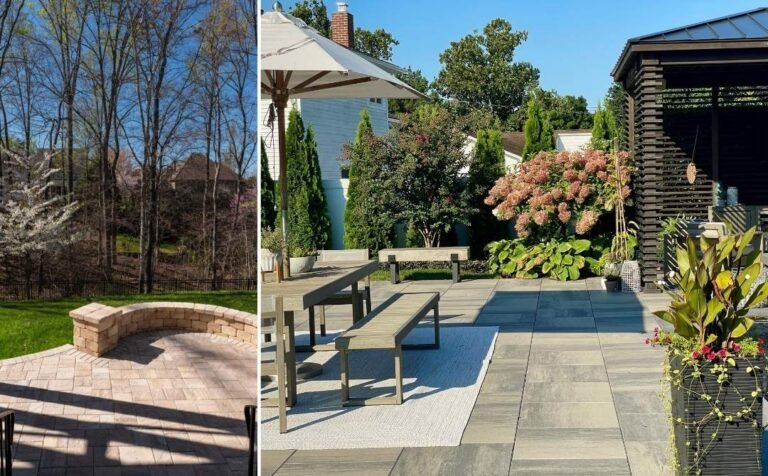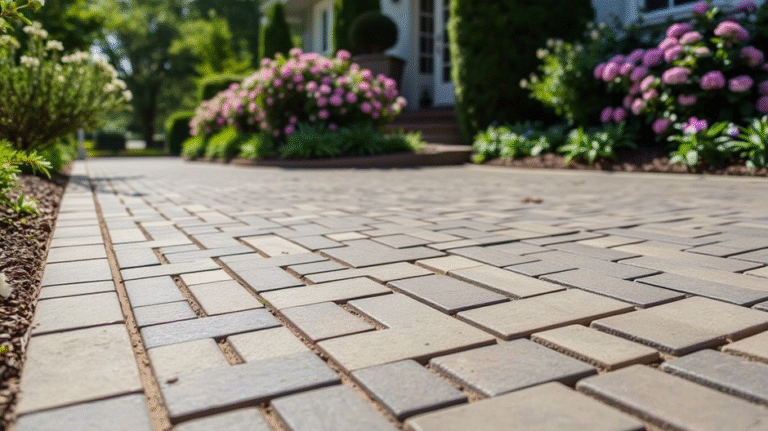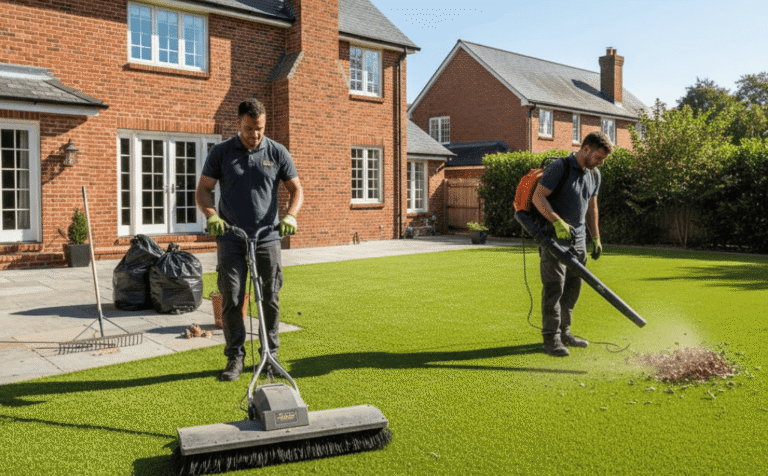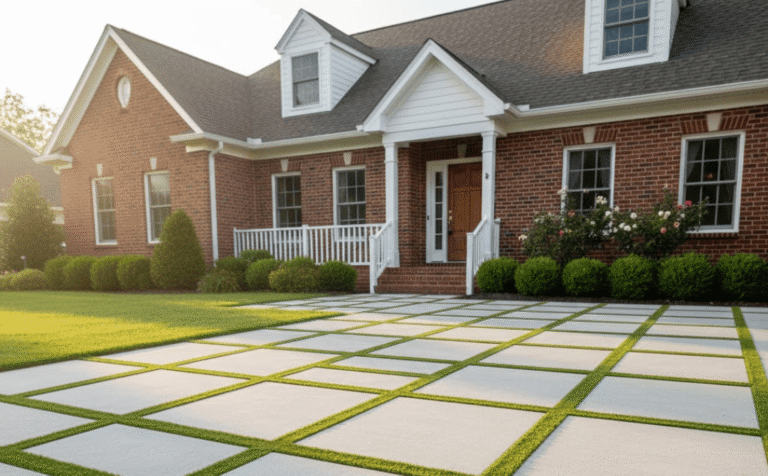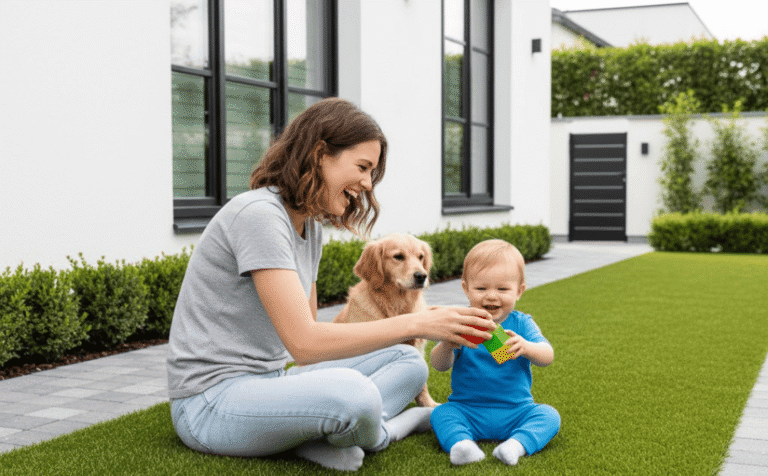Is Artificial Turf for Dogs Better Than Natural Grass? Pros, Cons, and Expert Insights
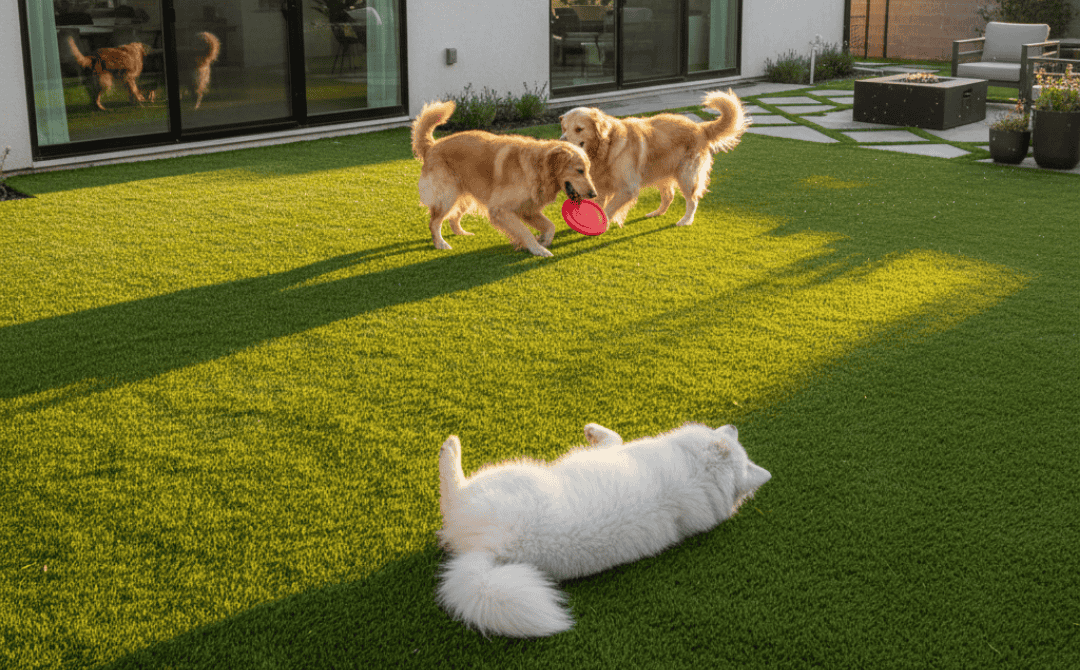
Dog owners always want the best space for their furry friends. Some swear by natural grass, saying it’s soft, natural, and the way it’s always been. Others are making the switch to artificial turf for dogs because they’re tired of mud, patchy lawns, and the endless work of maintaining grass. The main question that keeps resurfacing is: Do dogs prefer artificial turf rather than natural sod?
This is not just about landscaping-sward, it relates to comfort, safety, sanitation, and happiness for these animals. Pet owners are weighing this dilemma throughout the U.S. more than ever before, and the answers are not clear-cut.
Why Dog Owners Consider Artificial Turf
One of the biggest struggles with natural grass is keeping it alive when you have active dogs. Digging, urine spots, and heavy play can quickly destroy a lawn. Homeowners from California to Texas have said online, “I spent thousands on sod, and within a month my dogs had torn it apart.”
Artificial turf for dogs solves many of these problems:
- No more muddy paw prints inside the house
- No yellow spots from urine
- Durable enough to handle constant running and rough play
- Always green, no matter the season
For families who are busy and don’t want to spend weekends fixing lawns, turf feels like a lifesaver.
What People in the USA Are Saying
The debate is strong in online forums, local Facebook groups, and neighborhood apps. Here are some of the opinions dog owners share:
- “We switched to turf last summer, and honestly, best decision ever. My two labs love it, and I love not cleaning mud every day.” – Texas homeowner
- “It looks great, but it does get a little hot in summer. I hose it down, and it’s fine, but it’s something to think about.” – California dog owner
- “Natural grass is better in my opinion. Dogs can feel the soil, dig a little, and it’s just natural. Turf feels too fake.” – Illinois pet parent
- “I worried my dog wouldn’t like it, but now she rolls around on it like it’s real grass. Zero maintenance for me.” – Florida homeowner
As you can see, opinions differ, but the main reasons people choose artificial turf for dogs are cleanliness, durability, and low upkeep.
Pros of Artificial Turf for Dogs
Always Clean and Green
No mud, no dirt, no bald patches. Perfect if your dog loves to run around.
Pet-Friendly Surfaces
Modern turf is non-toxic and soft enough for paws. Many brands even design turf specifically as artificial turf for dogs.
Low Maintenance
Forget mowing, watering, fertilizing, or re-seeding. A quick rinse is usually enough.
Long-Lasting Investment
Good quality turf lasts 15 to 20 years with minimal care.
Cons of Artificial Turf for Dogs
Heat Buildup
In hot states, turf can get warmer than natural grass. Most owners say spraying it with water cools it quickly, but it’s something to plan for.
Initial Expense
Installing artificial turf for dogs can be more expensive than natural grass, but the price will often level out as the years go by with the savings in water and maintenance expenses.
Digging Difficulty
Dogs that love to dig likely will not like turf like they do natural soil.
Natural Grass: Why Some Owners Prefer It
Not every dog owner is willing to switch to turf. Natural grass has its fans for reasons like:
- It’s real, and dogs can dig or sniff soil.
- Cooler under direct sun.
- Cheaper upfront.
Some homeowners say, “Dogs are meant for grass—it’s part of their nature.” But the challenge is keeping that grass alive while dogs play daily.
Expert Insights: The Balanced View
Landscaping experts often point out that artificial turf for dogs works best for busy families who want a neat, pet-safe space without endless work. They also stress that drainage and installation quality matter a lot. If done poorly, turf can smell or wear out quickly.
A balanced approach? Some owners mix both. They use turf in heavy-traffic zones and keep a small patch of real grass or soil for dogs that love to dig.
Public Opinion Trends
In states dealing with water shortages like California, Nevada, and Arizona, turf is becoming the top choice. In areas with larger yards and cooler climates, people still lean toward natural grass.
Online polls show that younger homeowners, especially millennials with pets, are more open to turf. Many say they see it as an investment in both home value and pet happiness.
FAQs
Q1: Is artificial turf safe for dogs?
Yes, most modern turf is made pet-safe and non-toxic. Just make sure to choose turf designed for pets.
Q2: Does dog urine damage artificial turf?
No, it drains through the backing. Rinsing with water or turf cleaner keeps odors away.
Q3: Does turf get too hot for dogs’ paws?
In summer it can warm up, but a quick spray cools it. Some turf brands now come with cooling technology.
Q4: What is a dog’s reaction to turf?
Most dogs acclimate to turf quickly. In fact, some may prefer it because it will always stay soft and mud-free. This is where many ask, is artificial turf good for dogs in the long run? The answer depends on the dog’s habits and climate.
Q5: Is turf cheaper than grass?
Grass is cheaper up front, but turf can save you money in both time and maintenance in the long run, with costs of water, mowing, and reseeding. Some homeowners even combine artificial grass and paving for an easy-care yard that looks stylish.
Conclusion
So is artificial turf better than natural grass for dogs? Your answer will depend on your lifestyle and how your dog uses the yard.
If you want a low maintenance and clean yard for your dogs to play in, artificial turf for dogs may be the better option since dirt and yellow spots disappear. Many U.S. homeowners are already proving how practical it is.
But if your dog loves digging, rolling in dirt, or you enjoy gardening, natural grass still holds its place.
At the end of the day, the best choice is the one that fits both your home and your pet’s happiness. Whether it’s turf, grass, or even a mix that includes artificial grass and paving, the goal is creating a safe and enjoyable space for your furry family members.


